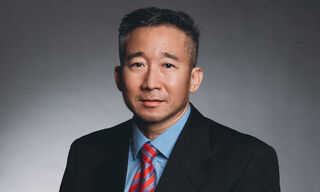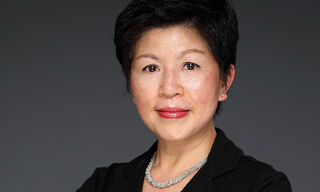DBS: Structural Gains From Wealth Versus PB-Only Business
The private banking business is generally «quite lumpy», according to DBS CEO Tan Su Shan who believes that a bank that covers the full wealth continuum is better positioned to capture the structural growth trend.
In the first quarter of 2025, DBS’ private banking arm saw net new money of S$3 billion ($2.3 billion), according to DBS CEO Tan Su Shan during a media briefing, which included a S$2 billion outflow.
«The [two billion] that went out – quite a bit of it was because there was a structured loan that we couldn't do. But come some of it has come back. And actually, the April net new money growth was very strong,» Tan said.
Less Stability
While much attention has been placed on the private banking (PB) business, particularly with regard to ultra-high net worth (UHNW) and family office clients, Tan notes that the business can be «quite lumpy» due to the challenges of demand for riskier solutions, such as the aforementioned structured loan.
«My message to analysts and the media is: there’s a lot of focus on PB but really, the Asia wealth business is structural growth and that's across all segments. And a bank that is able to bank all segments will do well structurally,» she explained.
Priority Banking Advantage
Tan believes that a bank that covers multiple segments, from mass affluent to UHNW, will have a more well-balanced business, highlighting the priority banking business in particular as more organic, diversified and stickier.
«If you have a good digital platform to complement your RMs (relationship managers), that's stickier and probably creates better [return on equity] because you've also got a good mix of Casa (current and savings accounts) and you've got a good mix of fee type of income,» she added.
DBS’ wealth management business covers the affluent segment through DBS Treasures, the high net worth segment through DBS Treasures Private Client and the UHNW segment through DBS Private Bank. At the end of March, assets under management across the broader wealth unit reached an all-time high of S$432 billion with a record quarterly income of S$1.5 billion.


























